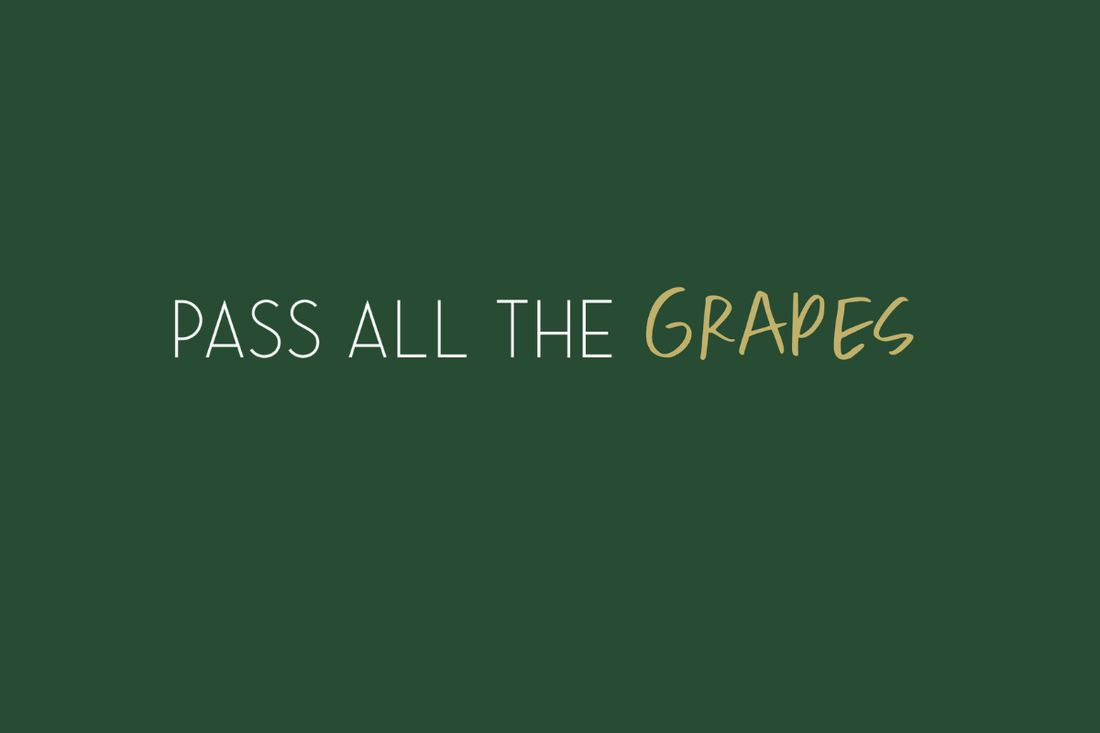
Pass All the Grapes
Share
Despite being banned from Burgundy in 1395 by the Duke of Burgundy, Philip the Bold, for being a disloyal grape, Gamay has inched its way back into vineyards of the hallowed French wine region. With prices and demand for Pinot Noir from Burgundy at such highs, there’s not a lot of vineyard space for Gamay, but there is a regional Burgundian appellation called Bourgogne Passetoutgrain (sometimes written Passe-Tout-Grain) where winemakers produce a wine by blending Gamay and Pinot Noir.
Passetoutgrain (pronounced: pah-suh-too-gran) means “to pass all the grapes.” Traditionally Passetoutgrain was a field blend where producers planted Gamay and Pinot Noir in the same vineyard and decisions about cultivation and harvesting were made according to the vineyard as a whole and not specific varietals. However, Pinot Noir ripens earlier than Gamay, which complicated the decision on when to pick. So, at a certain point, it was decided to just “pass all the grapes.” As a result, the characteristics and styles of Passetoutgrains varied widely.
Today, Passetoutgrains are usually made from grapes grown in their own vineyards and blended in the cellar, although there are a few producers who stick to the traditional way. The wines are aromantic and full of juicy fruits like black cherry, raspberry and strawberry although it’s more rustic than elegant. They are made in pockets around Burgundy, Beaujolais, the Loire Valley, and Switzerland (where it’s called Dôle). It’s also produced in Oregon at Domain Divio, by fourth generation Burgundian winemaker Bruno Corneaux.
